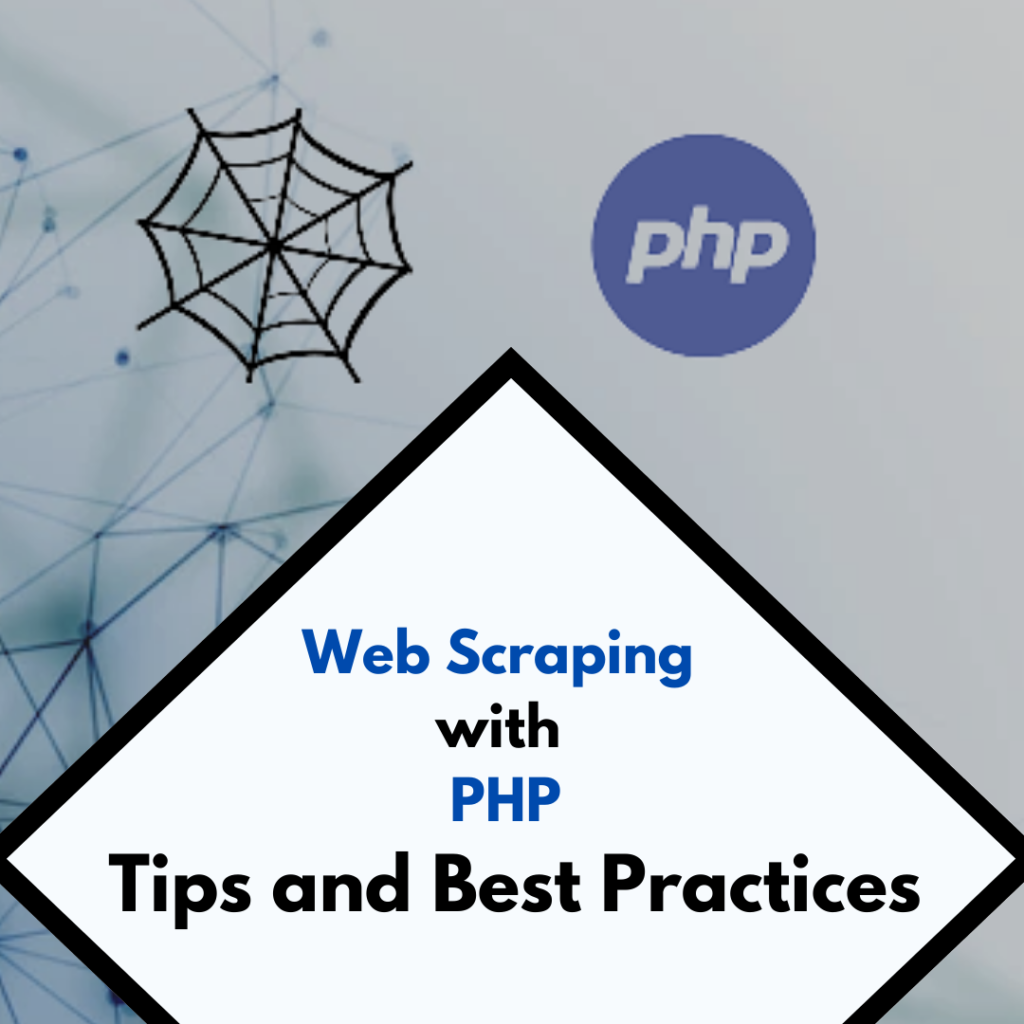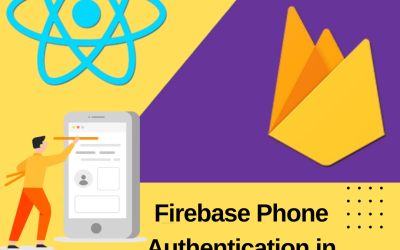Web Scraping with PHP: Tips and Best Practices
Web scraping, or web harvesting, is the process of extracting data from websites. It can be useful for a variety of purposes, such as data mining, data analysis, and creating a copy of a website for offline viewing. PHP is a popular programming language that can be used for web scraping, as it has a range of built-in functions and libraries that make it easy to interact with websites. Here are a few things to consider when web scraping with PHP:
- Check the website’s terms of service: Before you begin web scraping, it is important to check the website’s terms of service to ensure that you are not breaking any rules or regulations. Some websites may prohibit web scraping, or may have specific guidelines that you need to follow.
- Use the right tools: PHP has a number of built-in functions and libraries that can be used for web scraping, such as file_get_contents() and cURL. It is important to choose the right tool for the job, as some tools may be better suited to certain tasks than others.
- Extract the data: Once you have accessed the website’s data, you will need to extract the specific information that you are interested in. This may involve using regular expressions or other techniques to parse the data.
- Store and use the data: Once you have extracted the data, you will need to decide how you want to store and use it. This may involve saving the data to a file or database, or using it to perform further analysis or processing.
Web scraping with PHP can be a useful tool for extracting data from websites, but it is important to be mindful of the website’s terms of service and to use the right tools and techniques to extract the data.



